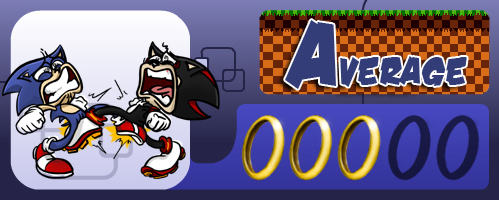What can be said about Hatsune Miku that hasn’t already been said? From her humble beginnings as a Nico Nico Douga star, all the way to being announced as a performer at Coachella 2020, before 2020 happened and robbed us of the Tupac and Miku hologram collaboration we all needed and deserved, our favorite bacon-wrapped hot dog obsessed virtual idol has had quite the ride.
Along the way, Miku’s series of Project DIVA rhythm games have long been the king of the genre, and possibly Sega’s most consistent franchise. The worst thing you could really say about the games since finally making their debut in the west is that Future Tone, the predecessor to this game, was a bit too greedy in its free-to-play approach. Aside from that, they’ve been the industry standard in the genre, only challenged by another Sega project, the Persona Dancing series.
Now, in a game originally released in Japan to commemorate the 10th anniversary of the Project DIVA series, Miku and her amazing technicolor dreamcrew have made their Nintendo Switch debut with Hatsune Miku: Project DIVA MegaMix. Does the gold standard stay golden? Or is there a bit of rust starting to form after all these years?
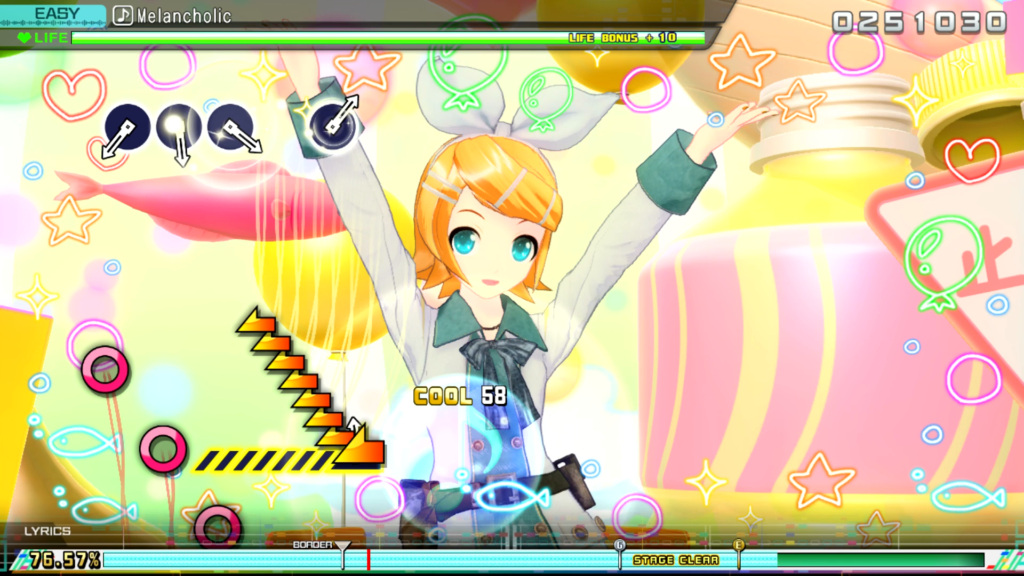
The biggest thing that impressed me about MegaMix is the amount of content packed into the game. There’s 101 songs to start out with, with about 40 more as DLC on the way. A who’s who of some of the series’ most iconic songs, alongside some brand new certified club bangers like “Catch the Wave” and “Dreaming ChuChu”. Each video is visually impressive even on the weaker Switch hardware, with most returning songs retaining their traditional videos. Only a couple exceptions to this rule exist, like World’s End Dancehall using a video based on the original NND video instead of the elaborate assassin battle set piece it previously used, and they still look pretty fantastic.
My only actual gripe about the song selection mirrors one I had for both Project DIVA X and Future Tone. While Miku and Luka have quite a large selection of songs available, older VOCALOIDs like MEIKO and KAITO only have one solo song each at launch, and only a couple in the DLC packs as well. I adore me some Miku, don’t get me wrong, but some of my favorite songs in this series are MEIKO songs, and it’s frustrating to see her get so very little love once again.
Those who love the series for its robust character customization will be pretty thrilled, as every single Module and customization item in the series history has found its way here. Want the GoodSmile Racing Miku costumes? They’re here. Swimsuits? Check. Every Sega crossover, including my personal favorites in the Resonance of Fate and Virtua Fighter outfits? You betcha. There’s also a ton of fan designed t-shirts available in the game, and if those aren’t to your liking, you can design your own in the in-game editor. As you can see below, you can do some incredibly artsy things with it!
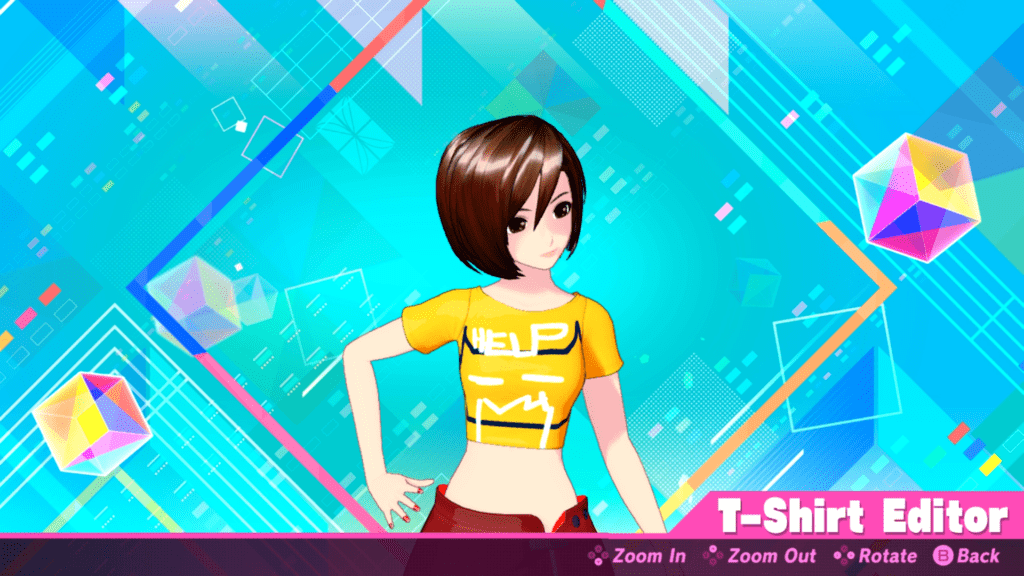
Getting into the core gameplay, it’s still the same winning Project DIVA formula, but some cracks are starting to show. Maybe it’s me getting old, with my reaction time slowing, but I’m not a huge fan of how double notes work in this game. They never seem to feel right in any control scheme, and they were the worst offenders when it came to wrecking potential perfect runs. The new Hold system isn’t as egregious an offender, but it too feels strange compared to how it worked in past Miku titles. It feels as if these were changed just for the sake of changing them, and I’d honestly prefer a return to the control schemes perfected in Project DIVA F 2nd.
On the plus side, the usual nice creature comforts like screen lag adjustment return for this game, and in one case, a very unexpected one: The option to replace the Switch button icons with Playstation ones. While it may not seem like much on paper, as someone who is mostly used to playing games with a Dualshock and cannot keep his button icons straight between both the XBox and Switch controllers to save his life, this is a HUGE help.
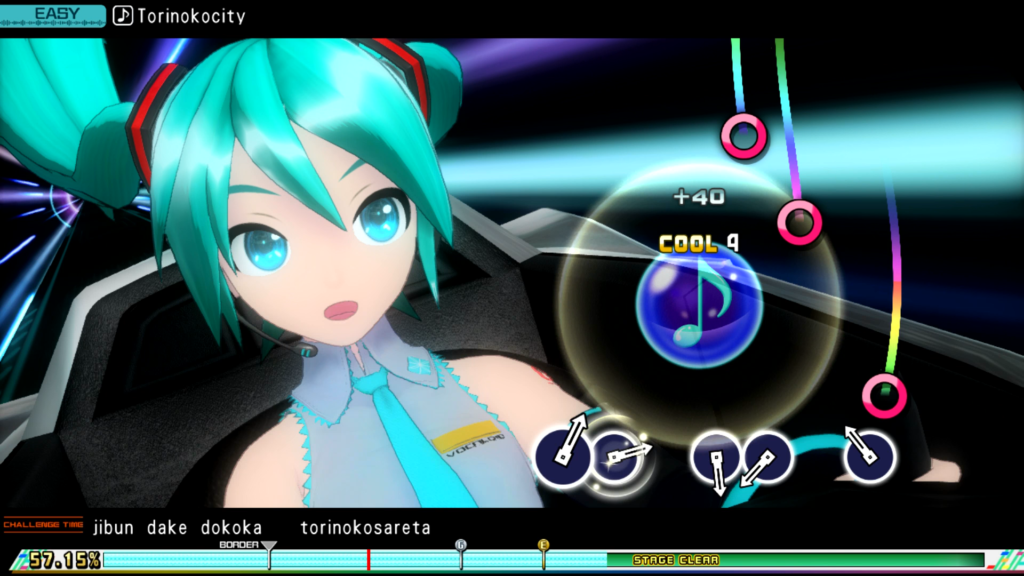
And in addition to playing the game as usual with a control pad, MegaMix also introduces a couple new ways to play. Tap Play allows you to play without Joycons at all, making use of the Switch’s touch screen to simulate the Project DIVA arcade experience as close as it possibly can. This also has the effect of making the game a bit more manageable for those who might get a bit overwhelmed with how crazy some of the visuals can get. However, the most interesting way to play, for better or worse, comes from the game’s Mix Mode.
Mix Mode makes use of the Switch’s motion controls and turns the game into a far more active experience, to say the least. Instead of simply pressing buttons to the melody of each song, this mode tasks you with aiming your Joycons at specific areas on the screen, while also staying on beat. It’s a cool idea, and I do appreciate the option to switch things up, pun intended, but I honestly can’t say I find the mode to be all that fun, especially with how wonky motion controls tend to be in most cases. It’s hard enough staying on beat on some songs in normal mode, and adding motion to the mix just makes them more frustrating than fun.
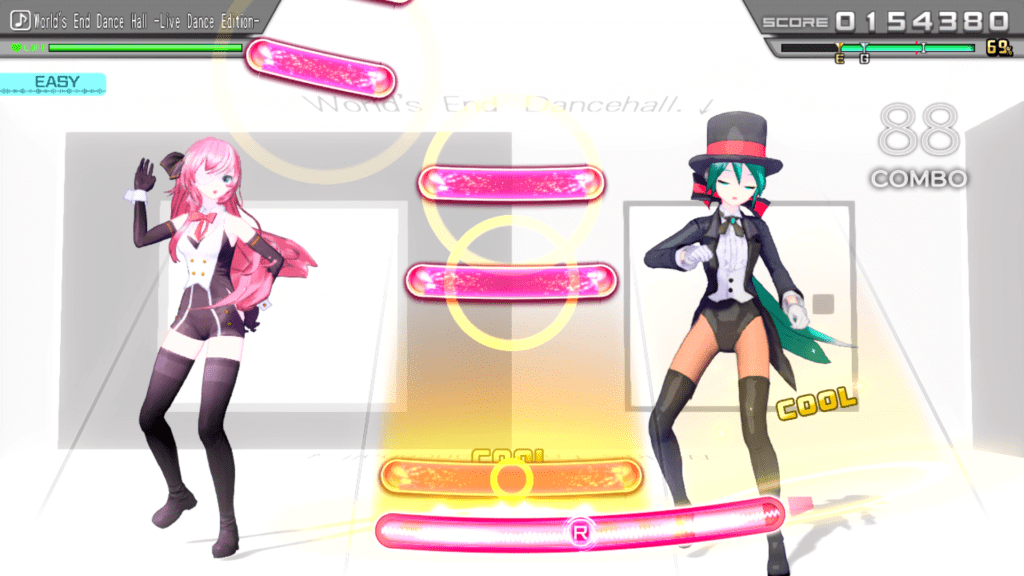
Another issue I have is the pricing of this game, and it extends to the whole of the genre at this point. MegaMix is 40 US dollars for the base package, with another 30 tacked on if you want every song. While not as outlandish as, say, the Persona 3 and Persona 5 dancing titles each carrying 60 dollar tags, it still feels a bit too pricey. Factor in the removal of some of the series’ more timesinky elements, like Diva Rooms, making it a more focused yet barebones experience, and I don’t know if I could justify picking up MegaMix at launch.
It’s a shame too, because at its core, Project DIVA MegaMix is still a fun game. The song list is vast and fantastic, despite the lack of representation for certain VOCALOIDs. There are several appreciated attempts to freshen up the series while also paying tribute to ten years of Project DIVA. But just a bit too much falls flat for my tastes, on top of MegaMix’s asking price rather steep for its gameplay content. With that in mind, once it gets its inevitable price drop, I’d still recommend checking it out if you’re a VOCALOID fanatic or just want a decent rhythm game to kill some time on a commute.
Until then, though, let’s look forward to the next decade of DIVA. And that Miku x Tupac crossover, WE NEED THIS CRYPTON.
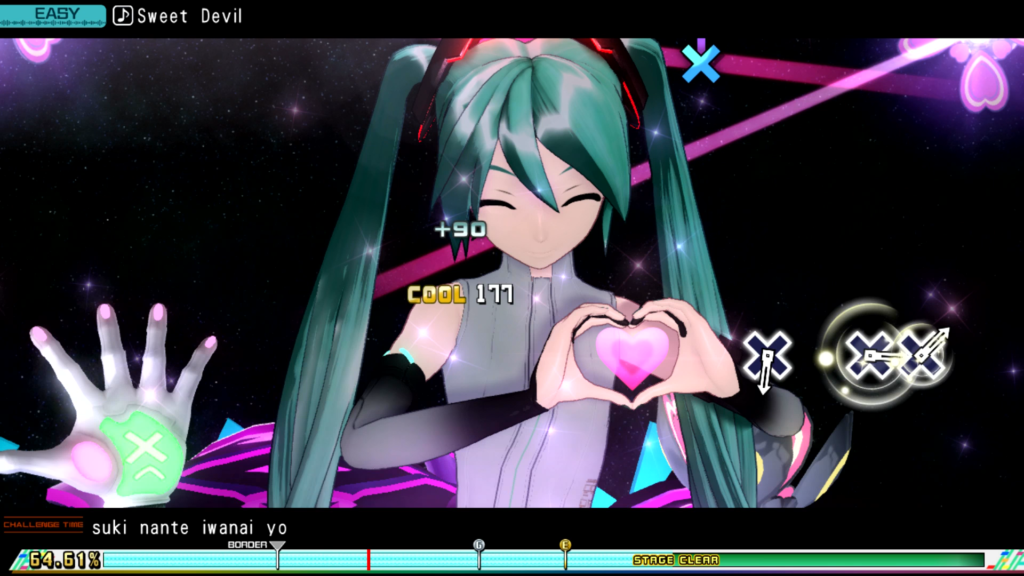
Pros:
+Fantastic base song roster
+Even on a weaker system, Project DIVA‘s visuals still manage to stun and enamor
+Every single costume from the previous 10 years has been brought back, for free
Cons:
-Changes to the Hold and Double Press systems make the core game less fun
-Mix Mode is an interesting experiment that falls flat due to wonky motion detection
-Representation for older VOCALOID model songs is at an all-time low
-Too pricey for a barebones Project DIVA experience
